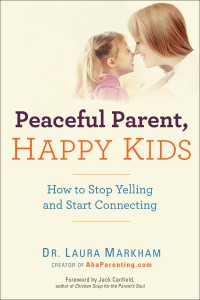By Kit Jenkins, babywearing educator for Babywearing International, communications coordinator for API and a co-founder of The Carrying On Project, www.carryingonproject.org
One of the best things about Attachment Parenting is the consistency in all of its principles. Everything is done from a perspective of mutual comfort and respect for the whole family. It creates an ongoing safe and comfortable environment, even when the outside world gets crazy. For military families, often “crazy” is part of the daily programming. Parents are in and out of the home for days, weeks or months at a time; there is often lots of moving, new people to meet and places to go; and there is so much chaos. For a grown adult, it is an adjustment. For children, it can be terrifying. To help combat that, more and more military families are turning to Attachment Parenting, either pieces of it or sometimes “the whole enchilada.”
Like many military families I have spoken with, we stumbled into Attachment Parenting almost by accident. My husband and I had a courthouse marriage a few months before our ceremony. We knew that we would also be in the middle of moving to our next duty station on the other side of the country and wanted things to be as seamless as possible. The day we signed on our first house, bought in Colorado from New York City, we also found out we were pregnant.
Once we arrived in Colorado, I started looking at prenatal classes. We were pointed by family to the Bradley Method because I wanted a natural birth. I am allergic to several kinds of medication, and decided that the less I had to potentially die from, the better! Through our class we learned a little bit about various parts of “crunchy parenting,” as my husband called it, and we knew that we wanted to do some of it but weren’t sure about all of it. We knew we wanted to breastfeed and cloth diaper, and were mildly interested in babywearing, but we didn’t want to co-sleep, had made no real decisions about disciplinary approaches, and so on. Continue reading Peace at Home: Military Families Embrace Attachment Parenting








